|
9/29/2018 Why is my tree losing limbs?Trees get a massive amount of water in the day and let the moisture out in the leaves. The technique is called evapotranspiration. To see it for yourself, put a potted plant in a plastic bag, and the bag will get cloudy as moisture is emitted into the air.
Sometimes a tree will have a crack or some other defect. Animals could have damaged the limb in a way that creates a more significant break over time. When the limb becomes too heavy with water, that crack will break open. Arborists state that there can be tons of water that flows from where the limb breaks. Most folks can see a flaw in a limb. It can be difficult even for an arborist. You could see a dark spot on a limb or some discoloration. Even so, it could be years before you have a real issue. Pruning Severe pruning may create extra foliage at the end of a limb, making it weightier. It is recommended you schedule a tree pruning and thinning project with a Rochester tree service company every seven years. Limb drop usually occurs where there are lots of trees. If there’s a breeze, remaining under a huge oak tree might not be your best bet. This is also true for parking your car. Surviving a Drought Some trees, like Blue oaks, possess a built-in drought defense. By the end of a dry summer, these trees will look like they’re dead. They drop their limbs and leaves to reserve water use but will look good the next year. Keep Your Trees from Dying First, a homeowner should keep grass away from the bottom of the tree, so fungus doesn’t develop from the moisture. Young trees require water 10-12 inches under the soil. For young trees, you only need to water once a week for half an hour. You want the water to flow and soak into the soil. Don’t place your water hose at the trunk. For young trees, put it two feet from the base for young trees and around two feet from the trunk for older trees is enough. You should also move the hose around two or three times during the job. 9/22/2018 Cool ideas to repurpose tree stumps!It’s unavoidable! A tree has to be removed and what’s left behind can be unattractive. But tree stumps don’t have to leave a bad mark in your yard. With a little ingenuity, repurpose tree stumps can become a functional or artistic focal point of any space or room.
Tree Stump Ideas
Looking for a fun weekend wood project that everyone can enjoy? Make some ornaments, vases, chalkboards, coasters, and magnets from a re-purposed tree stump. If you discover that you’re still stumped on what to do with that old tree stump in your yard, a Rochester tree specialist can help. DIY Table Lamp For this table lamp project, you’ll need a nice-looking tree stump, an electric drill, a lampshade, and a cord set. Natural Playground Useful and simple, all you have to do is bury a little in the ground to prevent them from tipping up, and you have a comfortable play area. Stump Stepping Stones If you’ve just removed a tree, you have lots of wood left behind. A stump stepping stone pathway is the perfect way to repurpose the stump while bringing functionality and personality to your garden. A tree stump is an incredible material to work with. It doesn’t need a lot of change to get a polished look. A stump can be converted to a nightstand or coffee table. You might have to sand it and spray paint on it to give it some color, but that’s it. Choose your DIY and get going! There’s time the need comes to move trees within your landscape. Fall and early spring are the best times to transplant small trees.
Small Tree Transplant Tips To reduce damage and enhance their chance of survival, dig and move small trees with balls of soil sticking to parts of their roots. The soil must be moist when the plant is dug. If the soil is dry, completely water the area 72 hours before digging. Then slice under the roots, rounding the bottom of the soil ball. Hold the soil ball to one side, put a piece of burlap on the other side, then cautiously tip or roll the soil ball over on top of the burlap. Securely bind the burlap on the soil ball and tighten the burlap with rope. Transplant the tree by picking up the root ball instead of grabbing the trunk. If you can, quickly replant the tree. Dig a hole and meticulously lower the tree into the hole, placing it correctly, and start putting the soil back into the hole. Pack the soil around the tree's root ball by hand. When the hole is around two-thirds full, cut the twine from around the soil ball. Finish the backfilling of the hole and water accurately. Be careful not to let the soil ball break during the digging up, transplanting, and replanting procedures. You Can Do Your Own Small Tree Transplant…Or Call a Tree Care Professional Transplanting a small tree is a little more intricate than just purchasing a tree and putting it out in your yard. A little consideration is necessary. Nonetheless, the basic principles of care and preparation are needed. With some determination and effort, your young tree will be healthy and thriving in no time. Home gardeners should only work with transplanting trees with two inches or less of a trunk. Trees with a trunk over two inches should be dug up and transplanted by a skilled tree contractor or arborist. If you don’t want to mess up transplanting your small tree, the best thing you can do so the soil ball doesn’t get broken is to call a tree care company to do it for you. 9/8/2018 Are Bugs Attracted to Wood?There are two primary categories of bugs attracted to wood. Insects that live in healthy trees are called primary invaders. Those that live in dead and stressed wood are called secondary invaders, which are only known for being an annoyance. However, both types can be destructive on wood. Destroying the wood where you find these bugs stop them from spreading to other parts of your property. Below is a list of some of the most common bugs that are attracted to wood. Twig Girdler Insects put their eggs in the wood so that they will come out and grow uninterrupted. Twig girdlers adults chew v-shaped indentations all around the edge of fallen branches or twigs. Their larvae have a hard time living in healthy sapwood, so keep fallen tree debris out of your yard will keep the number of twig girdler population small and stop an infestation. Wood-Boring Weevils A wood-boring weevil’s snout is built for chewing. Therefore, these bark-harming insects can bring lots of damage when they strike tree trunks and the bottoms of ornamental trees. You will notice the existence of weevils by looking for their cream-colored, legless larvae under the bark of the tree. If you have a tree stump and want to get rid of it, contact a Rochester stump removal company. Carpenterworm Larvae Carpenterworm moths’ larvae get into the trunk of trees like cottonwood, elm, and oak. Carpenterworms will also attack cherry and pear trees as well. While changing into moths, the larvae travel in and out of tree trunks, creating substantial damage. If you see heaps of something that looks like sawdust in the crevices and cracks of your tree, carpenterworms could be the culprit. Bark Beetles Bark beetles are quite common. Over 600 types live in North America. Studies have shown that bark beetles are bugs attracted to wood in junipers, false cypress, and redwood trees. Stressed pine trees appeal to southern pine beetles. These bugs go below the bark of a tree into the wood. If you eliminate the diseased tree, any nearby trees won’t suffer an attack. Pine Seed Bugs Pine seed bugs grow to one inch long and are spiky on both ends. In the summer, these bugs can be found in pine trees drinking sap. If you live in the area famous for having termites, you realize when there is an infestation in your home. You might already have had an inspection from a Rochester tree care company. You probably believe you’re entirely safe. However, you have a tree stump in your yard. Should you be worried about tree stump termites getting into your house? Is My Stump Attracting Termites? Tree stumps are an excellent food source for termites. There are two types of tree stump termites:
Both of them typically keep colonies and nests underground, where they go back after searching for wood outside. Dampwood termites will be of no concern to you if your home’s protection is excellent. Dampwood termites feed solely on rotten, decaying wood since these termites love moisture. To protect your home, it imperative to have the moisture under control. Typically, that’s it. You don’t need any particular chemicals, and the termites can be left eating through the stump. If this idea doesn’t appeal to you, you can call a Rochester stump removal company to get the stump out of your yard. Subterranean termites are another issue. They are quite interested in wood in your home, mainly the wood that’s in contact with the soil. They are famous for doing lots of damaged houses. Even if your home is completely protected from a potential invasion, we don’t recommend to leave an item so possibly hazardous as a diseased stump in your outdoor space. One of the most well-known signs of termite infestation is hollowed wood. To test for termite activity, stick an ice pick or screwdriver into the stump. If the tool can go deep inside the stump, you’ve found your termites. You might even see the termites running away when you perform this test. Just remove the stump, eh? Removing the stump altogether depends on whether the stump is infested or not. If you recently cut a tree that wasn’t infested and it left you with a stump about 5-10 feet near your home, you should get rid of the stump ASAP. |
AuthorWrite something about yourself. No need to be fancy, just an overview. Archives
December 2020
CategoriesAll Insects & Diseases Questions & Answers Tools & Safety Trees & Landscaping Tree Stump Basics |
- Home
- Services
- About
- Contact
-
Service Areas
- Rochester NY Stump Removal
- Brighton Stump Removal
- Chili Stump Removal
- Churchville Stump Removal
- East Stump Removal
- Fairport Stump Removal
- Farmington Stump Removal
- Gates Stump Removal
- Greece Stump Removal
- Henrietta Stump Removal
- Irondequoit Stump Removal
- North Gates Stump Removal
- Parma Stump Removal
- Penfield Stump Removal
- Perinton Stump Removal
- Pittsford Stump Removal
- Victor Stump Removal
- Webster Stump Removal
- Blog
- Home
- Services
- About
- Contact
-
Service Areas
- Rochester NY Stump Removal
- Brighton Stump Removal
- Chili Stump Removal
- Churchville Stump Removal
- East Stump Removal
- Fairport Stump Removal
- Farmington Stump Removal
- Gates Stump Removal
- Greece Stump Removal
- Henrietta Stump Removal
- Irondequoit Stump Removal
- North Gates Stump Removal
- Parma Stump Removal
- Penfield Stump Removal
- Perinton Stump Removal
- Pittsford Stump Removal
- Victor Stump Removal
- Webster Stump Removal
- Blog
Search by typing & pressing enter

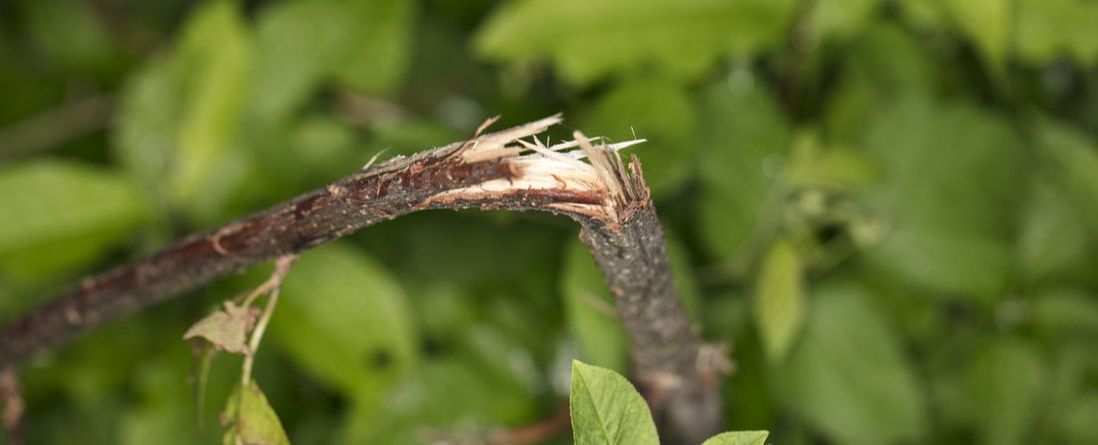
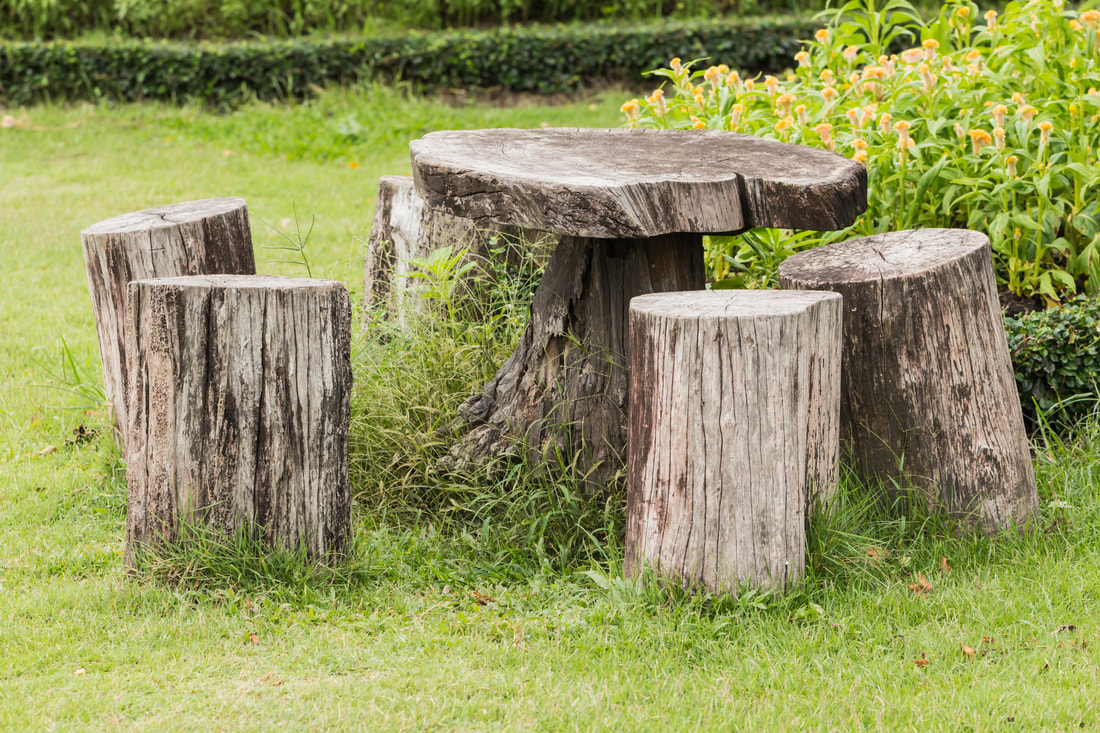
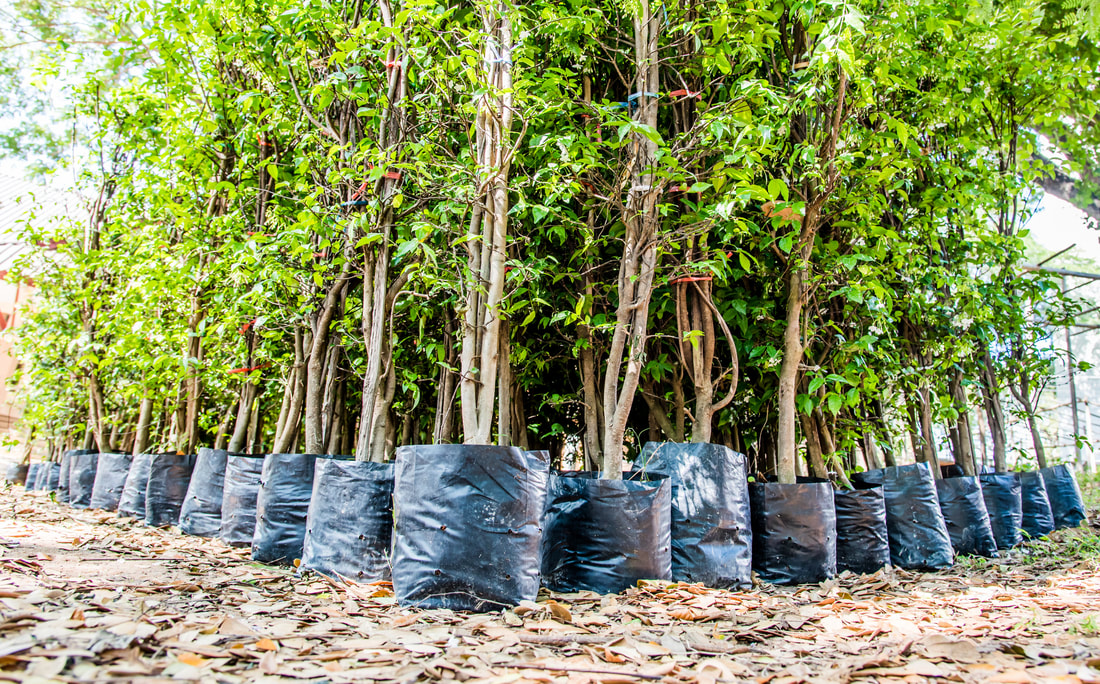
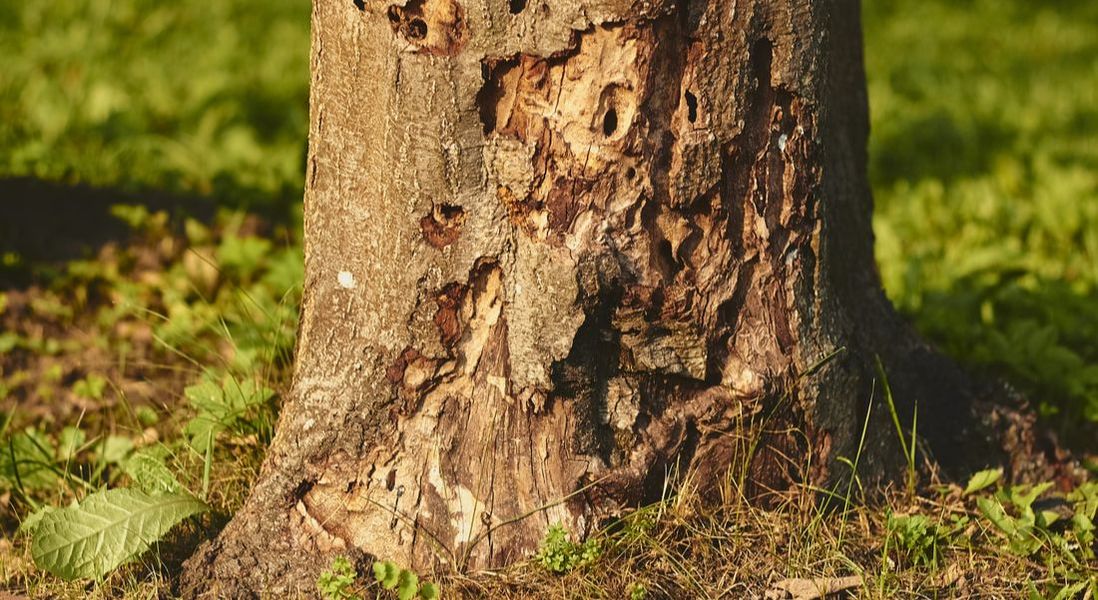
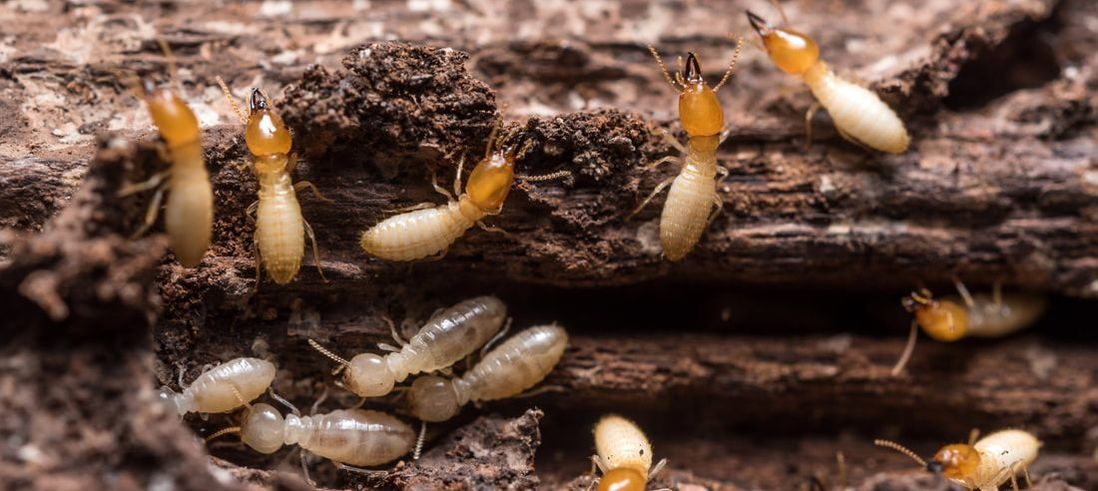
 RSS Feed
RSS Feed